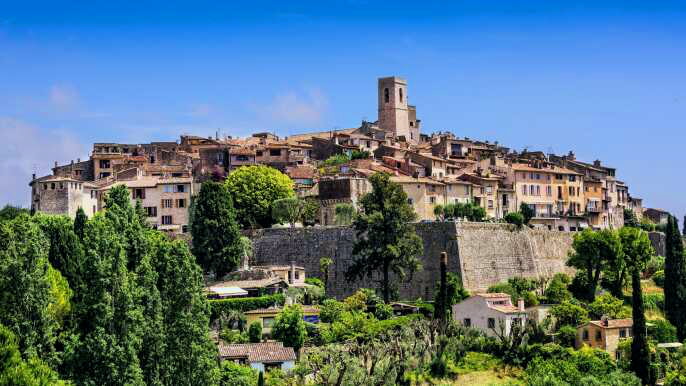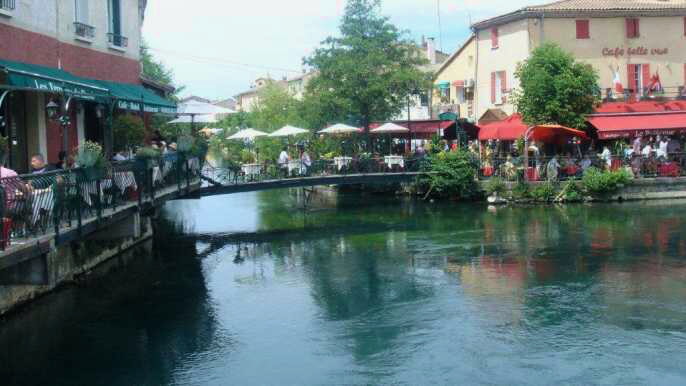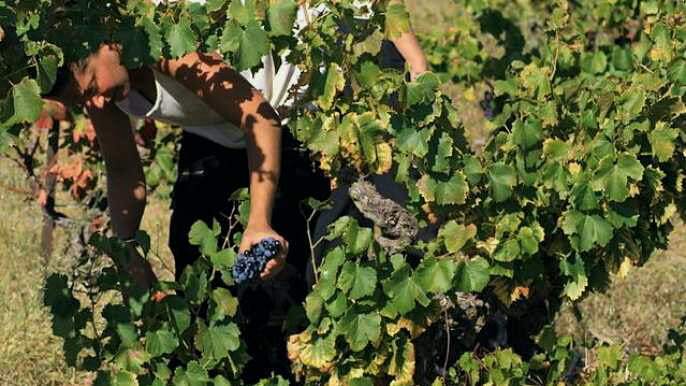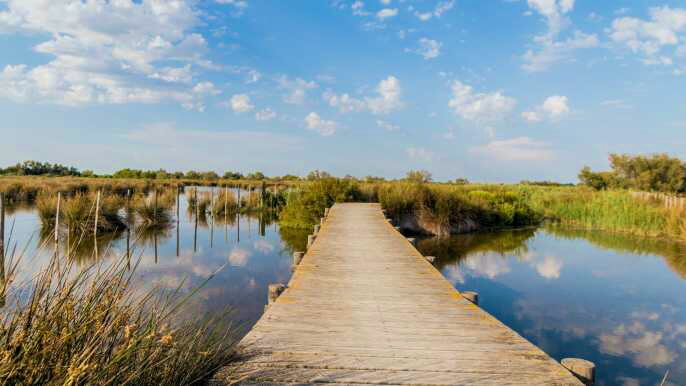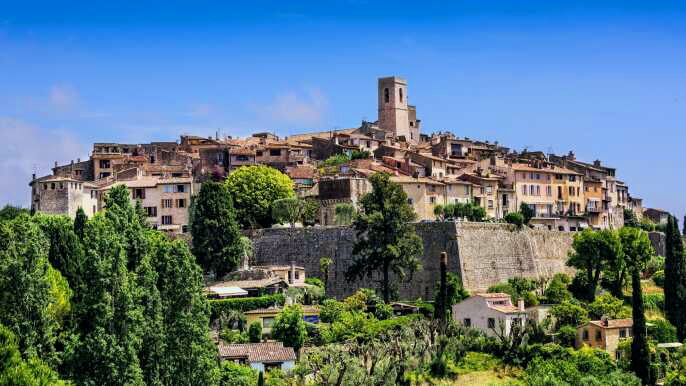The Luberon is a region that is famed for its breathtaking hilltop villages dotting idyllic countryside. It is also home to a number of lavender fields and medieval castles.
Gordes and Roussillon are two of the most popular Luberon villages, each with their own unique character and appeal. Take some time to slow down and explore the area’s ochre-washed hilltop villages for an immersion into the Provencal lifestyle!
1. Gordes
Gordes is one of the most beautiful villages in the Luberon. It’s perched on a hill and it’s surrounded by olive groves.
It’s also home to a number of attractions. For starters, there’s the Abbey of Senanque – a Provencal icon that’s still occupied by Cistercian monks who harvest the lavender in the fields around it.
Gordes is also a good base for exploring the region, as it’s only about a one-hour drive from larger cities like Aix-en-Provence and Marseille. In addition, there’s a charming weekly market on Tuesday mornings in the town center that sells all sorts of local produce and goodies.
2. Roussillon
In the heart of some of the world’s largest ochre deposits lies the village of Roussillon. This beautiful, unique village is surrounded by cliffs that are out of a painting and houses that shimmer with a flamboyant palette of ochre colors.
This stunning, hilltop village is a true gem in the Luberon region. The red cliffs and the ochre-colored buildings make Roussillon one of the most beautiful villages in France, and a must-see during your trip to Provence.
Aside from its striking scenery, Roussillon is home to some amazing art galleries. It’s also known for its charming Town Hall Square, or Place de la Mairie, where you can find restaurants and cafes.
3. Bonnieux
Located on the northern slope of the Luberon mountain range, Bonnieux is one of the most picturesque villages in all of Provence. It's a good place to stay for a day or two, especially for nature buffs.
To get the most out of your visit, you'll need a little time to explore everything that's on offer. Start with a visit to the tourist office on the corner of Place Carnot to pick up a map that explains what you'll want to see.
You can also take a walk through the ancient upper part of the village. Most of the buildings are 800 years old and you'll be wowed by their architectural charm.
The village is also home to a unique museum dedicated to bread making, the Musee de la Boulangerie. You may even have the opportunity to eat some pastries and bread during your visit!
4. Lourmarin
Lourmarin is one of the most beautiful villages in Provence. The quaint medieval town sits prettily in a combe, or valley, separating the Grand Luberon mountains from the Petit Luberon.
Its quaint narrow streets spirallazily up to the belfry at the top of the village, punctuated by busy cafe terraces spilling out onto pavements and squares (the climate is usually mild enough for people to enjoy them).
There’s a lot to see in this small town and it’s well worth spending a few days exploring its many attractions. A renaissance castle and olive groves are among its most notable highlights, as is the bustling fountain on the city square.
Lourmarin is also home to a number of interesting historical sites, such as the ruins of the ancient Sainte-Andre et Saint-Trophime abbey. Its famous lavender fields are another must-visit.
5. Menerbes
Menerbes sits on a steep slope of a long mountain crest, and its quaint old houses, narrow streets and sheltered square are a treat to explore. Its high season art exhibitions and music festival give the village a gentle buzz, but it's a peaceful place to relax and unwind.
At its far end is the grand Chateau du Castellet, where expressionist painter Nicolas de Stael once lived. Picasso bought his muse Dora Maar a house in the village, and numerous artists have been attracted to its peaceful charms.
Menerbes also holds a curious place in its history, as it was the scene of a confrontation between Protestant Hugenots and Catholic Huguenots during the Wars of Religion in the 16th century. The Protestants held the town against a large force of Catholic troops for five years.


